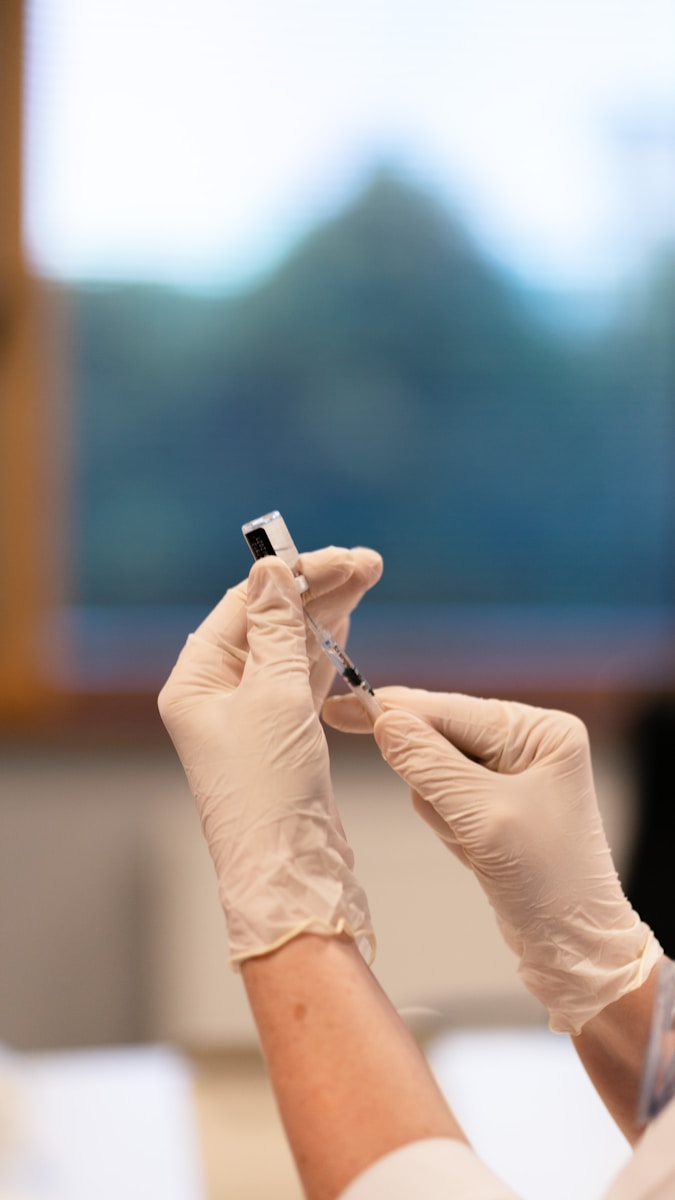Question Number: 179
PDR Number: SQ22-000549
Date Submitted: 21/11/2022
Department or Body: Department of Health
Question 71 At present, there is no evidence suggestive of long-term accumulation of the provisionally approved COVID-19 vaccines or their associated proteins or effects in the body. The mRNA and spike protein are quickly degraded and removed via normal cellular processing mechanisms as occurs for endogenous mRNA and proteins (from SQ22-000146, tabled Thursday, 7 July 2022). There is an expanding body of publicly available research on this subject. The rollout of vaccines and the need for subsequent boosters is based on the waning of antibodies after a few months, leading to decreased protection against symptomatic disease caused by COVID-19, and reported resurgence of infections. This is especially apparent in certain groups of people, such as older adults and immunocompromised individuals. The rollout and need for boosters is supported by data on good immune and protective clinical protection in response to the booster dosing approach. Decisions on the national vaccine rollout program are made by the Minister based on recommendations provided by the Australian Technical Advisory Group on Immunisation (ATAGI). ATAGI continues to review all current and emerging evidence on the use of COVID-19 vaccines and evolving epidemiology in Australia and provides updated recommendations on the medical administration of vaccines available in Australia, including those on the National Immunisation Program, to the Minister for Health and Aged Care as required. The development of ATAGI’s advice is based on a thorough review of all the current and emerging evidence on COVID-19 vaccines, including data on effectiveness, waning of immunity, international program settings, national vaccination coverage and operational flexibility where appropriate. ATAGI draws on and considers information from a range of credible sources in relation to COVID-19 and vaccines. This includes information from the Therapeutic Goods Administration (TGA), monitoring of local and international epidemiological data, clinical studies and scientific journals. All ATAGI statements are extensively referenced, including links to the best available medical evidence.
Question 72 Please refer to the response to Question 71. The spike protein is not a prion.
Question 73 After the mRNA encapsulated in lipid nanoparticles is transported to the cytoplasm following vaccination, it is translated to the spike protein on ribosomes. The spike protein is transported into the lumen of the endoplasmic reticulum (ER) directed by a signal sequence (available at: https://pubmed.ncbi.nlm.nih.gov/34400651/). Co-localisation of the spike protein with an ER marker was detected in an in vitro study, providing evidence that the spike protein is processed within the ER. The spike protein has a C-terminal membrane anchor region that keeps it attached to the ER membrane (available at: https://pubmed.ncbi.nlm.nih.gov/32922605/ and https://pubmed.ncbi.nlm.nih.gov/34400651/). The spike protein is not secreted or released into the blood stream from cells in any significant quantities due to the absence of a signal sequence for secretion. The spike protein expressed on the cell surface is recognised by the immune cells as foreign and generates an immune response to defend against SARS-CoV-2 infection.
Question 74 See response to Question 73.
Question 76 The vaccine mRNA syntax starts with a cap (GA) followed by 5’ untranslated region (‘UTR’). 5’-UTR is the ribosome binding site. 5’ UTR is followed by the spike protein signal peptide, which is a codon optimized signal peptide. The signal peptide from amino acids one to 13 enables the S protein to be transported to the ER and then to cell membranes.
Question 77 COVID-19 vaccine mRNA is translated to the spike protein in the cytoplasm. A published in vitro study showed SARS-CoV-2 spike protein is localised in the cytoplasm and was not found in the nucleus (available at: https://pubmed.ncbi.nlm.nih.gov/33203855/).
Question 78 The TGA is unaware of any evidence of interaction between the spike protein and the p53 gene. In the absence of any citation provided by the Senator we are unable to assess this assertion.
Question 79 The study referred to by the Senator (available at: www.mdpi.com/2227- 9059/10/7/1538/htm) is a very small study published in a free (not subscription based) low-ranking online publication. Websites of this type often attract publication of studies that have been rejected by long standing journals. Low levels of vaccine mRNA were detected in blood samples of 16 individuals vaccinated with the Pfizer vaccine for one day up to 15 days after the first or second vaccination injection. Only 2-4 samples were collected each day after vaccination, with only one sample on day 15 and one on day 27 (no detectable mRNA). The study authors acknowledged several limitations of the study including small study cohort and individual variations relating to the clearance rate of vaccine particles at the injection site. Importantly, it is reported that none of the participants reported significant adverse effects following vaccination. Further, nonclinical toxicity studies at very high doses showed no adverse effects except for immune response-related findings such as inflammation at the injection site and the expected immune responses.
Question 87 Combined reproductive and developmental studies showed no adverse effects of the Pfizer or Moderna COVID-19 vaccines on female fertility, embryofetal development and post-natal development (up to weaning) in rats. Oocytes from individuals vaccinated with the COVID-19 vaccines had fertility and pregnancy outcomes comparable with oocytes from unvaccinated women (available at: www.ncbi.nlm.nih.gov/pmc/articles/PMC8446863/). mRNA COVID-19 vaccines also did not affect In Vitro Fertility (IVF) treatment outcomes or ovarian reserves in subsequent IVF cycles after vaccination (available at: https://pubmed.ncbi.nlm.nih.gov/35220640/ and https://pubmed.ncbi.nlm.nih.gov/33985514/). Several other studies have also shown no adverse effects on female fertility following COVID-19 vaccination (available at: https://pubmed.ncbi.nlm.nih.gov/35964615/, https://pubmed.ncbi.nlm.nih.gov/34095871/, https://pubmed.ncbi.nlm.nih.gov/35051292/ and https://pubmed.ncbi.nlm.nih.gov/34601377/.






























